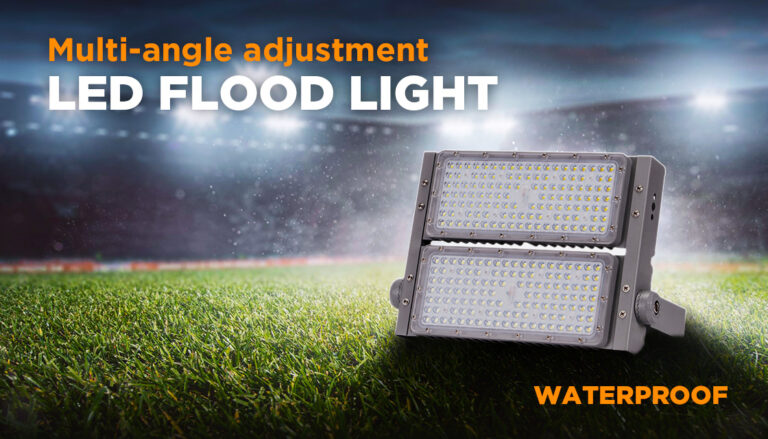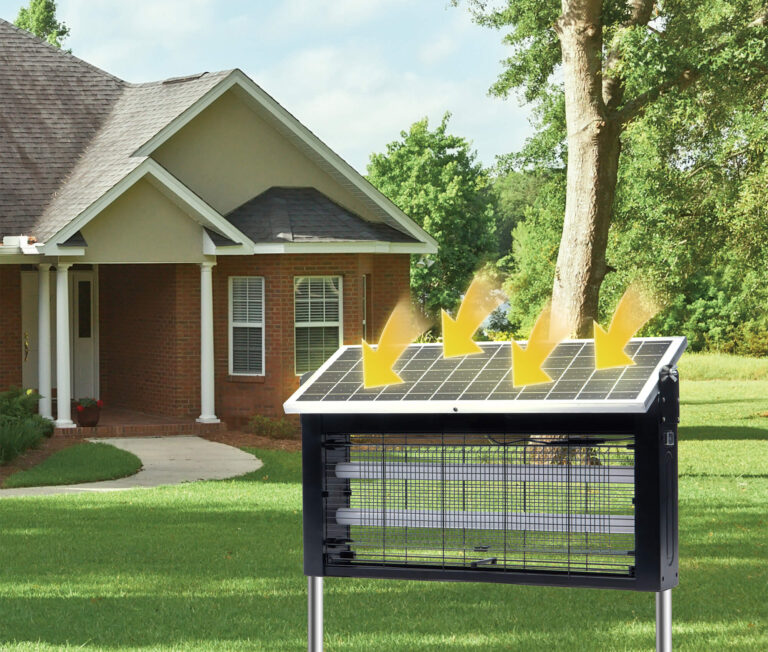Solar street lights have become a popular choice for outdoor lighting due to their energy efficiency, low maintenance, and environmental benefits. However, with so many options available, selecting the best solar street light for your project can be challenging.
Whether you’re illuminating a residential street, a commercial parking lot, or a remote pathway, the right solar street light should balance brightness, battery life, durability, and smart features. This guide will help you understand the key factors to consider and compare different models to find the perfect fit.

Key Factors to Consider When Choosing a Solar Street Light
1. Brightness & Light Output (Lumens vs. Wattage)
Lumens (lm): Measures actual light brightness.
1,000–3,000 lm: Suitable for pathways and gardens.
4,000–8,000 lm: Ideal for streets and parking areas.
10,000+ lm: Best for highways and commercial zones.
Wattage (W): Indicates energy consumption but not brightness.
10W–30W: Small-scale lighting (walkways).
40W–80W: Medium-scale (streets, parking).
100W+: High-intensity lighting (highways, industrial areas).
2. Battery Capacity & Backup Time
Battery Type:
– Lithium-ion (LiFePO4): Long lifespan (5–7 years), efficient in cold weather.
– Lead-acid: Cheaper but shorter lifespan (2–3 years).
Capacity (Ah): Determines how long the light stays on.
– 10Ah–20Ah: 1–2 nights of backup.
– 30Ah–50Ah: 3–5 nights of backup (ideal for cloudy regions).

3. Solar Panel Efficiency
– Monocrystalline: Higher efficiency (20%+) but more expensive.
– Polycrystalline: Lower efficiency (15–17%) but budget-friendly.
– Wattage (W):
– 20W–50W: Suitable for small lights.
– 60W–100W+: Needed for high-power street lights.
4. Durability & Weather Resistance (IP Rating)
– IP65: Dustproof and water-resistant (suitable for most climates).
– IP66/IP67: Heavy rain and dust protection (coastal/harsh environments).
– Material:
– Aluminum alloy: Best for heat dissipation.
– Stainless steel: Rust-resistant for humid areas.
5. Smart Features & Controls
– Motion Sensor (PIR): Saves energy by dimming when no movement is detected.
– Dusk-to-Dawn: Automatically turns on/off based on sunlight.
– Remote Control & Dimming: Adjust brightness levels as needed.
– Wi-Fi/App Control: Advanced models allow scheduling and monitoring.


Solar Street Light Comparison Table
| Model | Brightness (Lumens) | Battery (Type/Capacity) | Solar Panel (W) | IP Rating | Smart Features | Best For |
| LH series | 800lm MAX | 3.2V 5AH LIFE04 | 6V 13W POLY | IP65 | PIR, Dusk-to-Dawn, Remote | Gardens, Small Walkways |
| ES series | 1,200 lm MAX | 3.2V 18AH LIFEPO4 | 6V 18W POLY | IP65 | PIR, Dusk-to-Dawn, Remote | Gardens, Small Walkways |
| FT series | 2,500 lm MAX | 3.2V 50AH LIFEPO4 | 6V 50W MONO | IP65 | PIR, Dusk-to-Dawn, Remote | Residential Pathways |
| OR series | 8,000 lm MAX | 12.8V 30AH LIFEPO4 | 18V 120W MONO | IP66 | Dusk-to-Dawn, Wi-Fi/App Control | Industrial Zones, Parking |
| ECO series | 12,000 lm MAX | 25.6V 60AH LIFEPO4 | 36V 200W MONO | IP67 | Dusk-to-Dawn,Wi-Fi/App Control | Highways, Large Streets |


Application-Based Recommendations
- Residential Areas (Gardens, Pathways, Driveways)
Recommended Model: LH series or ES04 series
Why? Moderate brightness (1,000–3,000 lm), compact design, and cost-effective. - Urban Streets & Parking Lots
Recommended Model: FT01 series or OR series
Why? High brightness (8,000 lm), strong battery backup, and motion sensor for energy savings. - Highways & Industrial Zones
Recommended Model: OR series or ECO series
Why? Ultra-bright (12,000+ lm), long-lasting battery, and weatherproof (IP67). - Remote/Off-Grid Locations
Key Features Needed: Large battery (30Ah+), high-efficiency solar panel (monocrystalline 80W+), and durable build (IP66+).
Additional Tips for Choosing the Right Solar Street Light
- Check Local Weather Conditions: Cloudy regions need larger batteries and high-efficiency panels.
- Consider Installation Height: Higher poles (6m–10m) require brighter lights (6,000+ lm).
- Look for Certifications: CE, RoHS, and ISO ensure quality and safety.
- Warranty & After-Sales Support: Opt for suppliers offering 3–5 years warranty.
Conclusion
The best solar street light for your project depends on brightness needs, location, weather conditions, and budget. By comparing lumens, battery life, solar efficiency, and smart features, you can make an informed decision.
If you have any more questions about LED, please feel free to contact us. We can provide professional customized services.
E-mail: wade@langylights.com or phone: +86-18670113026.
Langy is a professional manufacturer and supplier of Flood Light, Street Light, High bay light and Solar Light and so on.





